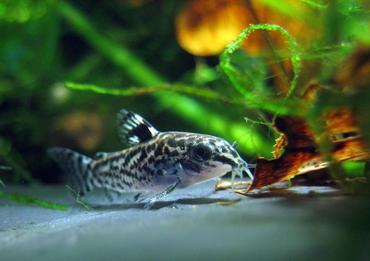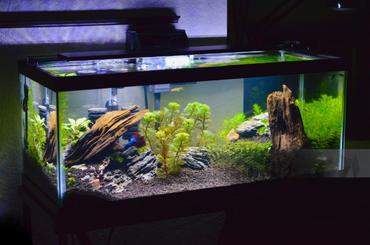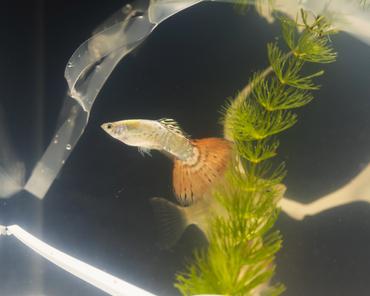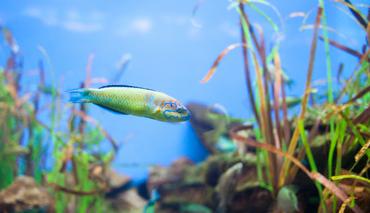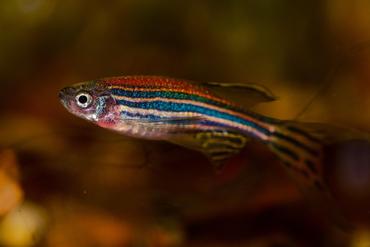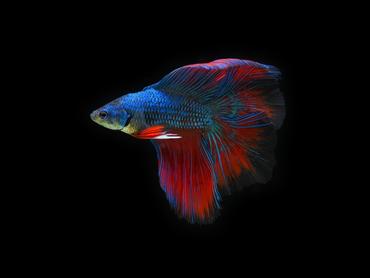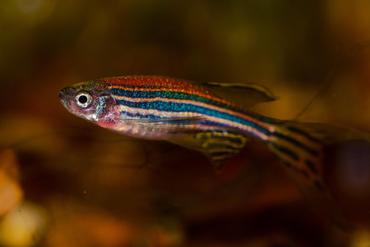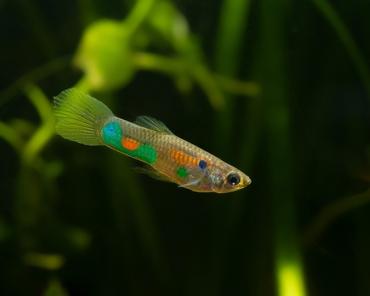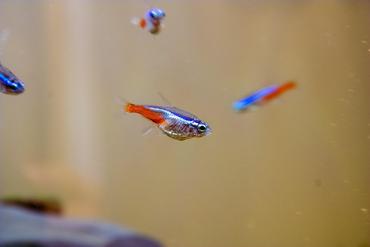TOP 10 BEGINNER-FRIENDLY FRESHWATER FISH (RANKED BY EASE OF CARE)
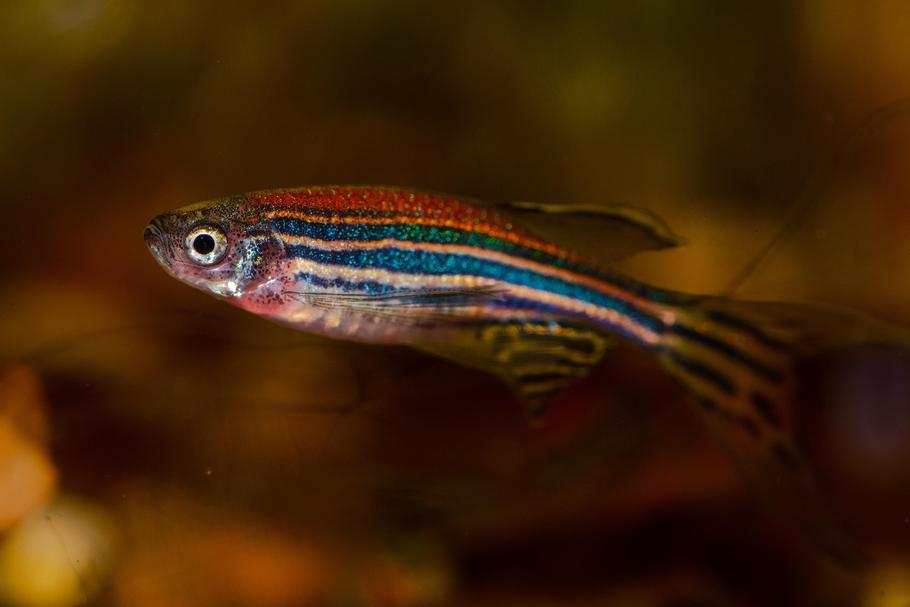
Introduction: Starting Your Fishkeeping Journey Right
So, you've decided to dive into the world of freshwater aquariums — welcome! With hundreds of species to choose from, picking the right fish for your first tank can be overwhelming. Some fish require pristine water conditions or specialized diets, while others are far more forgiving and adaptable.
In this guide, we’ll break down the top 10 beginner-friendly freshwater fish, ranked by how easy they are to care for, feed, and keep healthy. These are hardy, peaceful fish that thrive in a variety of setups, perfect for anyone just starting out.
Let’s jump in!
1. Zebra Danios (Danio rerio)
Why they’re beginner-friendly:
- Extremely hardy and tolerate a range of water conditions
- Active swimmers that bring life to the tank
- Very affordable and easy to find
Care tips:
- Prefer to be in groups of 5 or more
- Great in community tanks with peaceful species
- Keep a lid on your tank—they love to jump!
2. Platy Fish (Xiphophorus maculatus)
Why they’re beginner-friendly:
- Peaceful, colorful, and easygoing
- Give live birth — fun for families to observe
- Eat almost any commercial food
Care tips:
- Do well in small tanks (10+ gallons)
- Thrive in slightly hard, alkaline water
- Separate males/females unless you want babies!
3. Corydoras Catfish
Why they’re beginner-friendly:
- Peaceful bottom dwellers that help keep tanks clean
- Social and best kept in groups of 4–6
- Not picky about food
Care tips:
- Use a soft sand substrate to protect their barbels
- Avoid tanks with aggressive tank mates
- Provide shaded hiding spots
4. Guppies (Poecilia reticulata)
Why they’re beginner-friendly:
- Incredibly colorful and active
- Livebearers that reproduce easily
- Low maintenance and adaptable
Care tips:
- Best in groups of 3+ (with more females than males)
- Feed high-quality flakes and supplement with frozen food
- Watch out for overpopulation!
5. Swordtails (Xiphophorus hellerii)
Why they’re beginner-friendly:
- Similar to platies but with long sword-like tails
- Active swimmers and peaceful community fish
- Hardy and adaptable
Care tips:
- Like some current in the tank
- Keep males to a minimum to avoid aggression
- Tank should be at least 20 gallons
6. Neon Tetras
Why they’re beginner-friendly:
- Striking blue and red coloration
- Peaceful and thrive in schools
- Do well in planted tanks
Care tips:
- Sensitive to water changes early on — stable parameters matter
- Keep in groups of at least 6
- Dim lighting and dark substrate enhance their colors
7. Cherry Barbs
Why they’re beginner-friendly:
- Colorful and peaceful (unlike many other barbs)
- Easy to feed and care for
- Thrive in a range of tank setups
Care tips:
- Best kept in groups of 5–7
- Males get brighter red when competing or breeding
- Avoid mixing with aggressive barbs like Tiger Barbs
8. Mollies (Poecilia sphenops)
Why they’re beginner-friendly:
- Available in a variety of colors and shapes
- Easy to breed and great for community tanks
- Can tolerate both freshwater and brackish conditions
Care tips:
- Prefer hard, alkaline water
- Produce a lot of waste — solid filtration is a must
- May nip at slower fish if overcrowded
9. White Cloud Mountain Minnows
Why they’re beginner-friendly:
- Super hardy — tolerate colder water
- Small, peaceful fish that love company
- Great for nano tanks and unheated setups
Care tips:
- Best in groups of 6+
- Do well in tanks with live plants
- Feed them small flakes or micro pellets
10. Bristlenose Pleco
Why they’re beginner-friendly:
- Excellent algae eaters
- Smaller than common plecos (grow to ~4–5 inches)
- Peaceful and fun to observe
Care tips:
- Need driftwood to rasp on
- Tank size: 20 gallons minimum
- Watch their diet—supplement with algae wafers and veggies
Compatibility and Care Tips
Mixing these fish? Here are some golden rules:
- Community matters: Most fish on this list are peaceful, but avoid aggressive species like Tiger Barbs or Cichlids in beginner tanks.
- Group dynamics: Schooling fish (Tetras, Danios, Corys) need groups to feel safe.
- Tank size: Even though many of these species are small, avoid overcrowding — a 20-gallon tank is a great starter size.
- Filtration: A sponge filter or hang-on-back filter works well for beginners.
- Cycle your tank before adding fish to avoid ammonia spikes.
Conclusion: Start Smart, Keep it Simple
Starting with the right fish is the best way to fall in love with fishkeeping — and avoid common pitfalls like stress, disease, or incompatible species. Stick with hardy, peaceful fish and focus on building your skills as a hobbyist.
Next step: Choose your favorite 3–5 fish from this list, research their compatibility, and start planning your aquarium!
Want more beginner-friendly guides? Check out:
TIPS FOR ROOTING, PRUNING, AND PROPAGATING LIVE AQUARIUM PLANTS
What Size Aquarium Do You Need?

